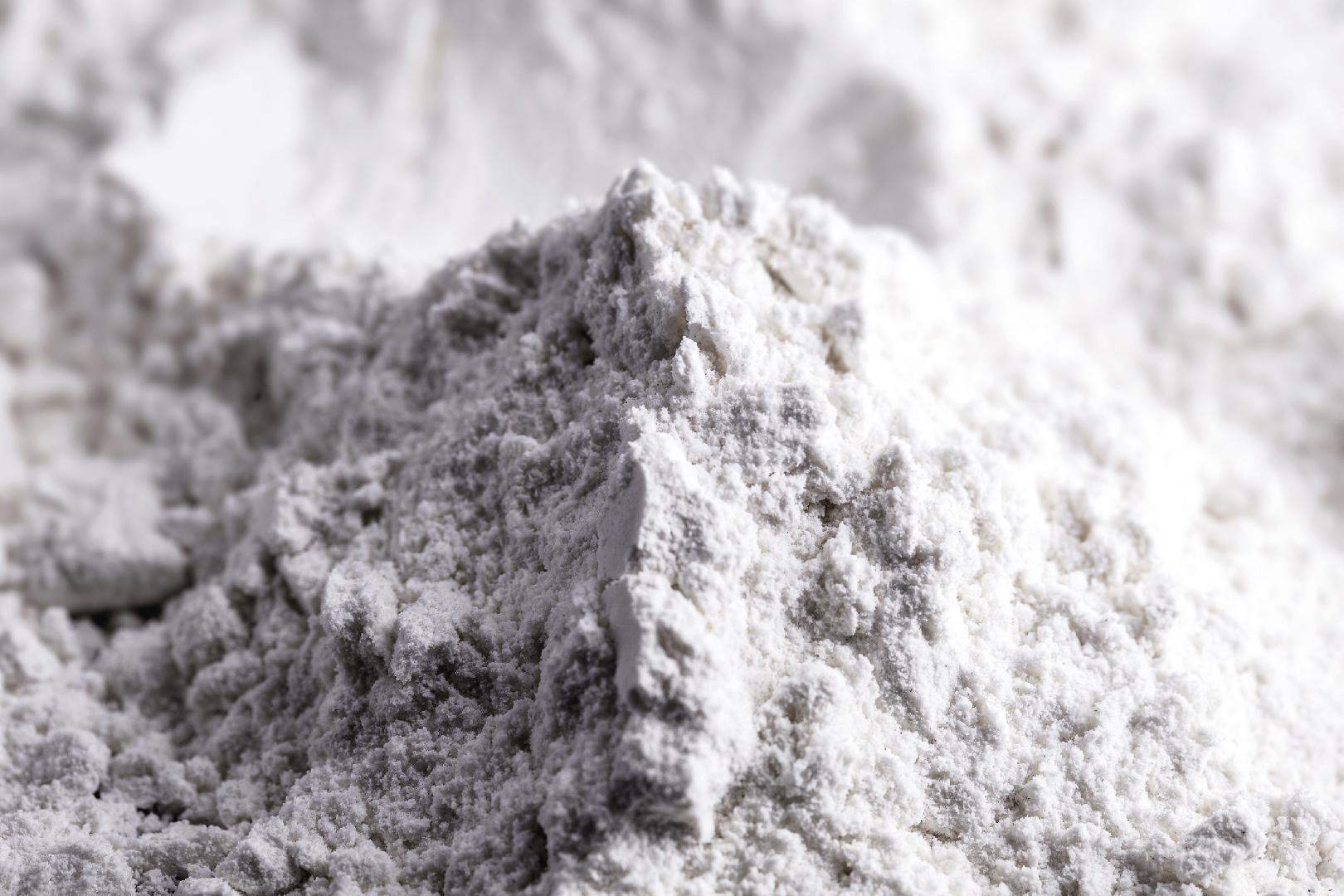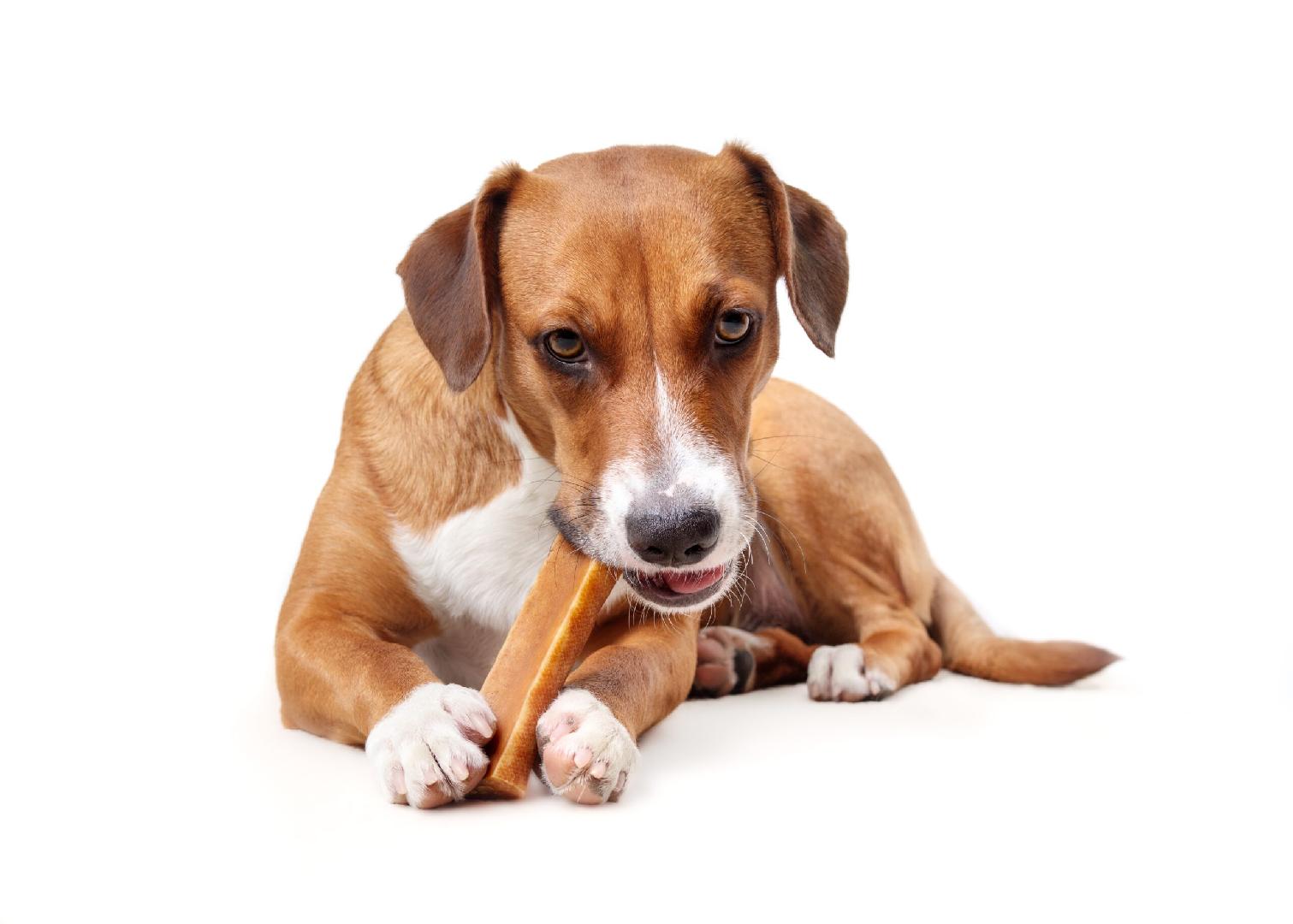This note was written and published in the January Issue of All Pet Food Magazine, before the EFSA (European Food Safety Authority) published in its Regulation for the European Union 20022/63 that the authorization for use the additive titanium dioxide (E171) in food products is withdrawn.
Titanium in pet food, yes or no?
Titanium dioxide is found in some dog and cat food formulas. Its function? It is used to enhance the brilliance of colors and provides whitening in, for example, canned chicken or fish foods or bone-shaped dog treats. However, titanium dioxide is controversial as it has been linked to different health problems at times, including being used as pigment particles for use in human foods such as chewing gum and toothpaste.
Sources such as the French Agency for Food, Environmental and Occupational Health and Safety (ANSES) state that there is not enough information about the risk of genotoxicity imposed by nano titanium dioxide.
Where does the titanium dioxide used come from?
The main valence state of titanium is 4+, although 3+ and 2+ states, which are less stable, are also known. The element burns in air when heated by reacting to the air in the environment, and thus the dioxide is obtained.
There is also a naturally occurring titanium dioxide found in the soil. It is a stable and insoluble compound that interacts in a limited way with biota. The release of titanium into the environment is mainly related to the extraction process and the use of products containing titanium. Therefore, if titanium does find its way into plants and livestock, pet foods have some titanium from certain ingredients (although it may or may not be added later as a bleach).
Is it necessary for the feeding of dogs and cats?
Indeed, there are no indications that titanium or any of its components or derivatives is essential for the correct feeding of dogs and cats, and that is why the attention of new research is focused on the possible toxicity of the element. In fact, in 2006, the US National Research Council did not include it in the list of required nutrients for dogs and cats.
Is titanium dioxide toxic?
Titanium dioxide has a very low level of toxicity. For this, it is essential to get the right size and quantity of particles to use it in what is wanted: pigmentation and whitening, for example. Currently, and in general terms, at least 39% of the particles contained in food do not have the appropriate size. These particles (nanoparticles) are the ones that can cause damage to the body.
Most recent study on titanium and titanium dioxide
In Benyen's study, a sample of 120 dry and wet pet foods was tested for 0.2 to 2,300 mg per kg of dry matter (or per kg of feed residue after removal of its content). humidity).
In these cases, titanium dioxide was used as a marker (because of its harmless, non-absorbable character and does not alter the digestive process) to estimate fecal production in canine and feline digestibility tests without total collection of feces. Studies that focused on the use of titanium dioxide in dogs have used dietary inclusion rates of 0.4% in dry food or about 2,667 mg Ti/kg ddm.
Results
Fecal recovery of titanium from 0.3% titanium dioxide incorporated into dry dog food was determined. The average recoveries were between 74 and 81% for two different diet formulations, meaning that the overall apparent absorption was 23% of intake.
Encapsulated carbon dioxide was administered orally to 6 dogs in a dose of 5 g. per kg dry diet. In stool collected within 48 hours of administration, recovery of titanium was 97%.
In a similar experiment, 2 grs. of titanium dioxide with newly hatched chicks as the sole source of nutrition. Mean faecal recovery was between 81 and 74%. If the collection of feces in the three dog experiments was almost complete, we can say that the total absorption of titanium was approximately 16% of the intake, which leaves us with a significant fraction ingested.
Other early studies in dogs and cats
Titanium dioxide was fed to four cats and one dog. The ore was treated with sulfuric acid and the dioxide was produced by hydrolysis at high pressure. The animals received the dioxide daily, except Sundays and holidays. For cats and dogs, the number of experimental feeding days was 390/480, 390/480, 175/208, 300/368, and 390/480. The mean individual doses, expressed as g TiO2/kg body weight per day, were 0.75, 0.84, 0.86, 0.80, and 0.28 g.
Results
• TiO2 (titanium dioxide) administered orally was not associated with adverse external health effects. The body weights of the cats were generally stable. Initial and final body weights of the dog were 9.2 and 25.3 kg.
• Autopsy in two cats showed no abnormalities. Titanium was undetectable in organs, bile, and bones. For one cat, the amount of titanium in the gastrointestinal tract, including contents, was found to be 95% of the ingested dose.
• Four cats were shown to be unaffected by feeding very high amounts of titanium dioxide for periods of up to 480 days. A growing dog was also unaffected.
What do we conclude about its toxicity?
The Committee on Minerals and Toxic Substances in Diet and Water for Animals stated that: 'titanium is essentially non-toxic in amounts and forms normally ingested. Therefore, a specific oral toxicity of titanium has not been described and no upper tolerable limit can be suggested for any domestic animal.'
Negative health effects of titanium dioxide when included in pet food formulations cannot be excluded at this time. Available data on the toxicity of oral titanium in dogs and cats are insufficient, while the impact of nanoscale titanium dioxide has not been addressed.
Finally, on January 18, the use of this additive was banned in Europe, so from now on we will have to start looking for alternatives to replace it without putting the health of animals at risk.
By: All Pet Food
You could be interested: Functional properties of spray dried plasma (Part 4)
About author
Luciana ChippanoI am Luciana Chippano, I accompany digital business owners in Latin America to grow by boosting their sales with the most powerful tool: communication. I am CEO and founder of the first academy of Copywriting and strategic digital communication in Latin America. And from there I accompany business owners with personalized mentoring, workshops, courses and advanced training to optimize their communication and sell more.
About author
María Candelaria CarbajoI’m a creative, interdisciplinary person, translator, and editor. I collaborate in producing and writing creative, high-impact projects to promote cultural exchange, transmit differential values, and connect with people/the audience. Likewise, I enjoy teamwork and joining forces, experiences, and knowledge to bring the world all the potential of those ideas that seek to impact people’s lives positively.
Micro Ingredients
02/11/2023


































